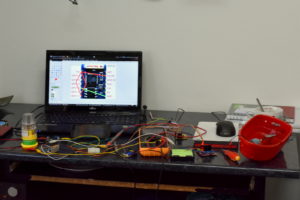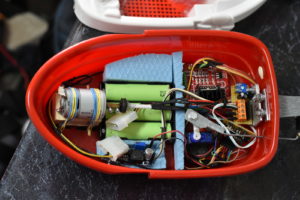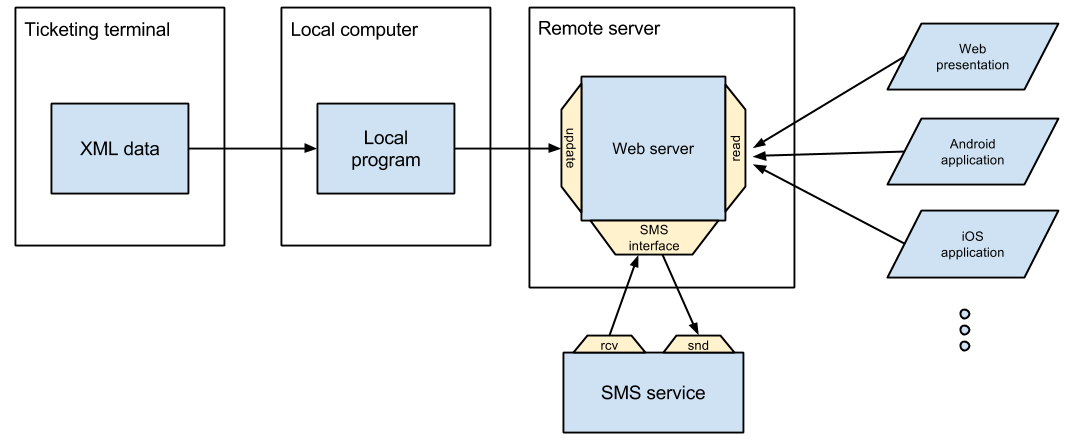RCBoat got an upgrade: ESP8266
After some time spent trying to bring my IOIO back to life, I decided to move on and to equip my RCBoat with a new controller – ESP8266. It’s a cheap wireless module which became popular very quickly and got a huge community around itself. Because of its price and size it is really easy to use it to connect any device to the Wi-Fi, and to make some cool IoT device out of it. There are also several different firmwares available for it, but maybe the most popular is nodemcu, which allows you to do programming in Lua programming language. Overall, quite pretty module to have for a couple bucks.
Taking all of that into consideration, including my curiosity for the new ESP module, it seemed like a reasonable decision to use it as a controller for my RCBoat. And so it was.

The interior of the boat had to be reorganized, a bit squeezed as ESP8266 requires 3.3V voltage regulator as well, also some mechanical improvements were made, but at the end everything fit nicely.
ESP8266 is flashed with nodemcu firmware and programmed to behave like an AP (Access Point) which allows me to connect to it using my phone. It is also programmed to receive data and control the rest of the electronics inside the boat. On the phone, I made a Joystick app, which is sending controls to the ESP8266. Both source codes for ESP8266 and the Joystick app for Android are available on my github page.
So after making a nice water sealed package and several successful tests in the bathtub, I’ve made a ride on the canal too. This time there were no connection issues, except when I pushed it quite far away. So now enjoy the video 🙂


